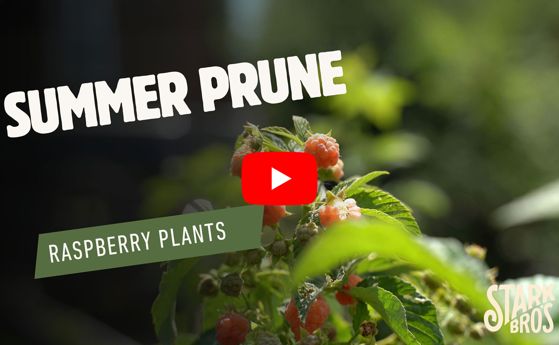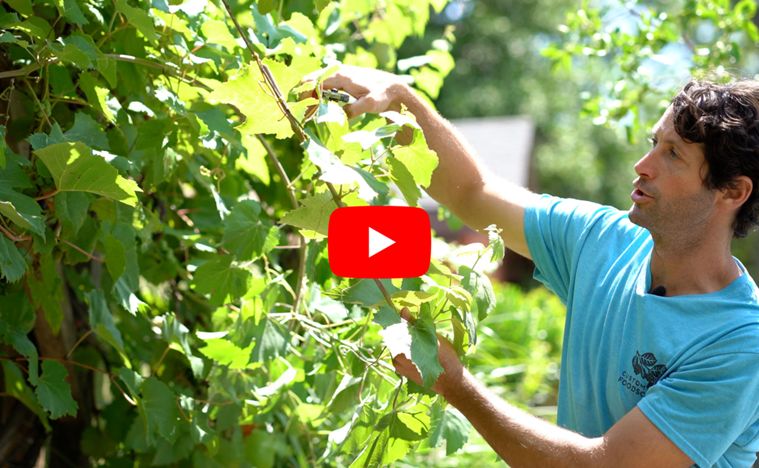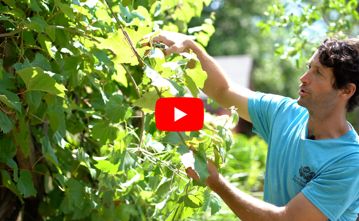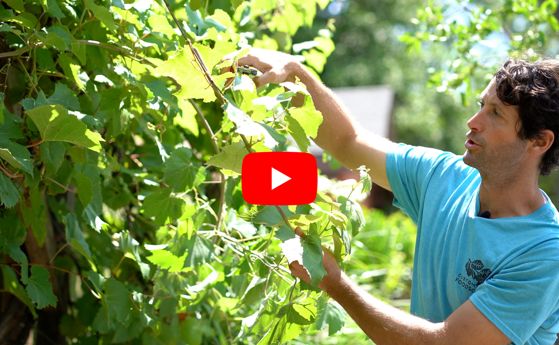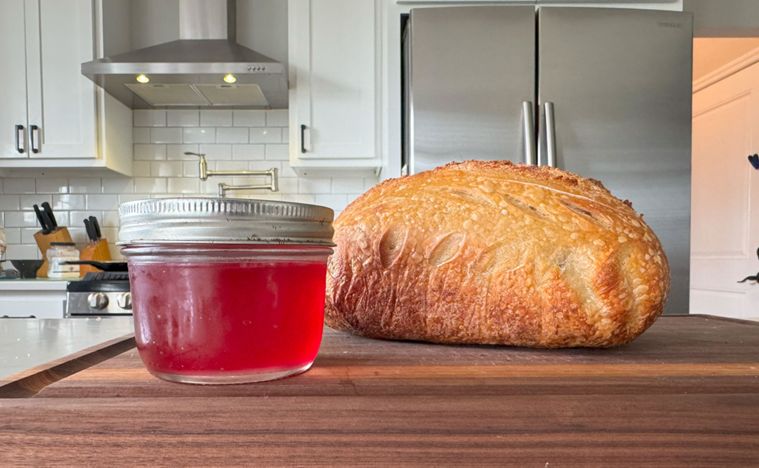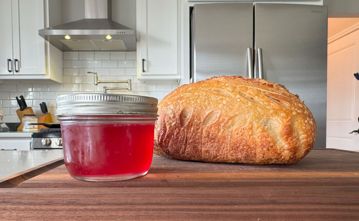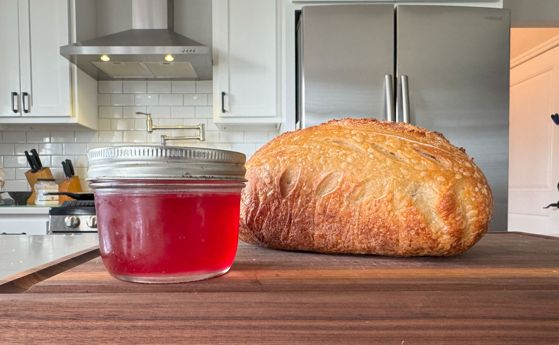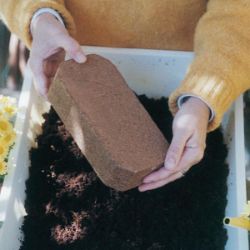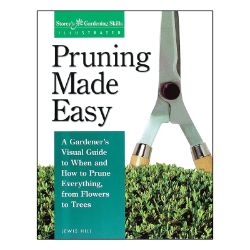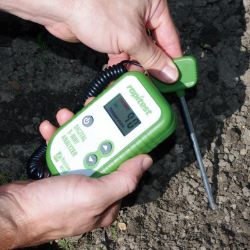Winterizing Pomegranate Trees
Preparing your pomegranate trees for winter is essential to protect them from cold temperatures and potential frost damage. Whether in the ground or in containers, winterizing helps ensure the health and vitality of your pomegranate trees. In this guide, we’ll cover the necessary steps for winter care.
NOTE: This is part 8 in a series of 9 articles. For a complete background on how to grow pomegranate trees, we recommend starting from the beginning.
Winter Protection for In-Ground Pomegranate Trees:
Mulching Apply a layer of organic mulch around the base of the tree, extending it to the drip line. Mulch helps insulate the soil, retain moisture, and protect the roots from freezing temperatures.
Watering Water the tree deeply before the first hard freeze. Well-hydrated trees are better equipped to withstand winter stress. Reduce watering frequency but continue to provide moisture during dry winter periods.
Pruning Avoid heavy pruning in late fall. Instead, perform any necessary shaping or thinning in late winter or early spring. Pruning encourages new growth, which is susceptible to frost damage.
Wind Protection Shield the tree from strong winter winds, which can cause desiccation. Install windbreaks or wrap the tree with burlap, focusing on the windward side.
Winter Protections for Potted Pomegranate Trees:
Move to Sheltered Location If possible, move potted pomegranate trees to a sheltered location, such as a garage or unheated greenhouse. This provides additional protection from extreme cold.
Insulate Containers Insulate the pot by wrapping it with bubble wrap or burlap. This helps regulate soil temperature and protects the roots from freezing.
Elevate Containers Elevate the pot above the ground using bricks or blocks. This prevents the container from sitting directly on cold surfaces, reducing the risk of root damage.
Reduce Watering Decrease watering frequency in winter but ensure that the soil doesn’t completely dry out. Water sparingly to prevent root rot while allowing the tree to enter a dormant state.
General Tips:
- Protect Blossoms: If your area experiences late spring frosts, consider covering the tree with frost blankets or burlap to protect blossoms from potential damage.
- Monitor Moisture Levels: Check soil moisture regularly. Winter winds and low temperatures can lead to soil dehydration even in dormant trees.
- Winter Inspection: Periodically inspect your trees during the winter months for signs of stress, disease, or pest infestations.



